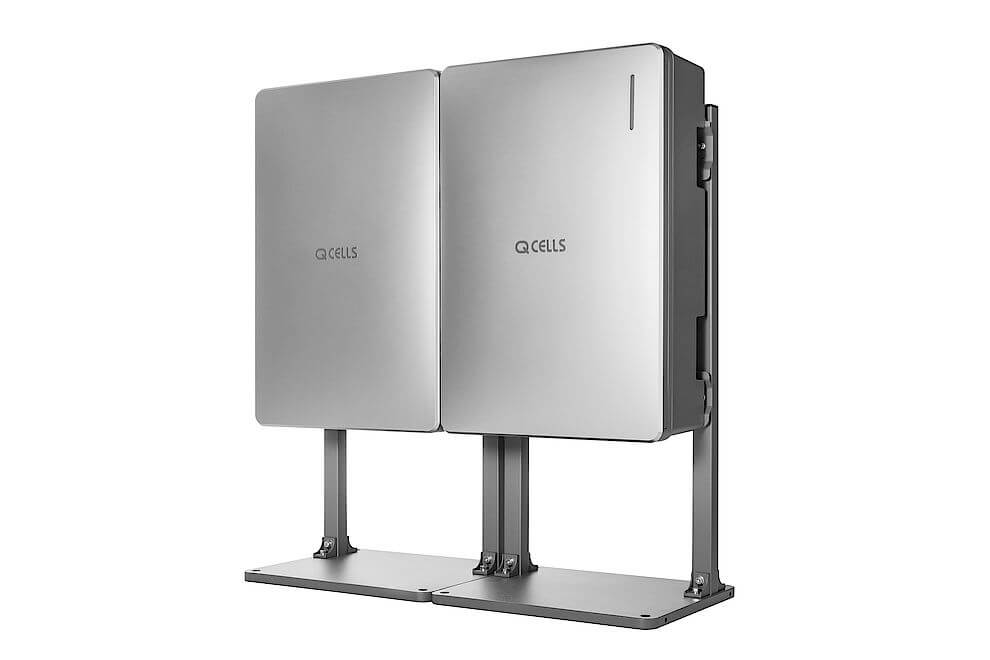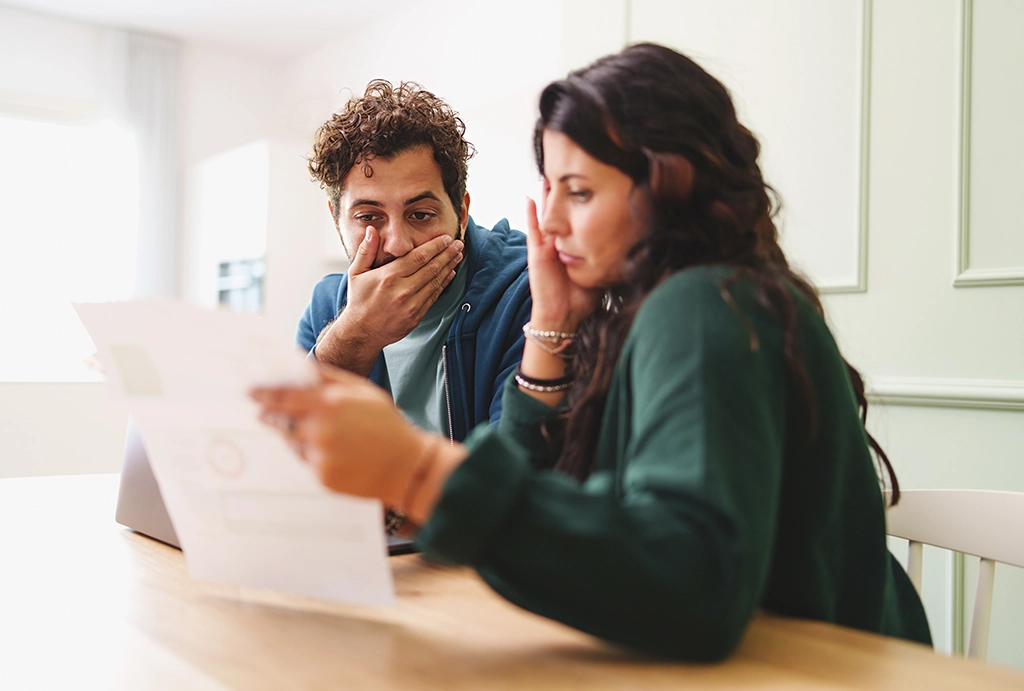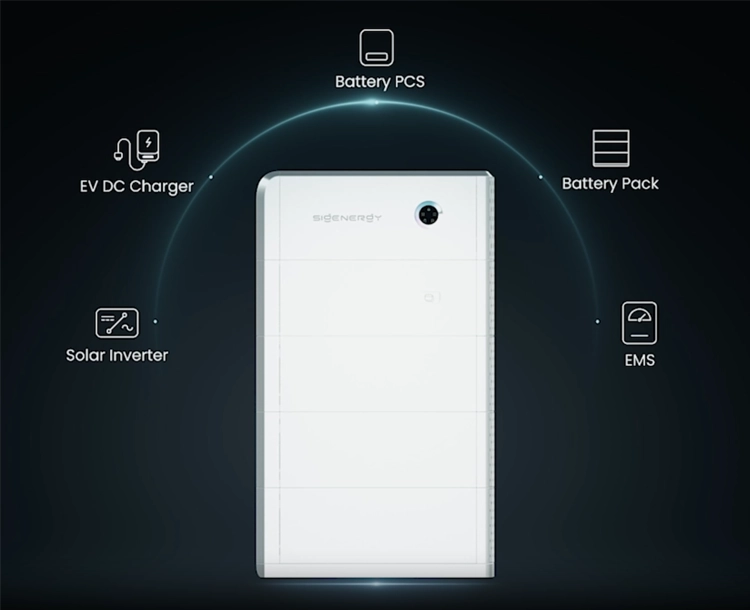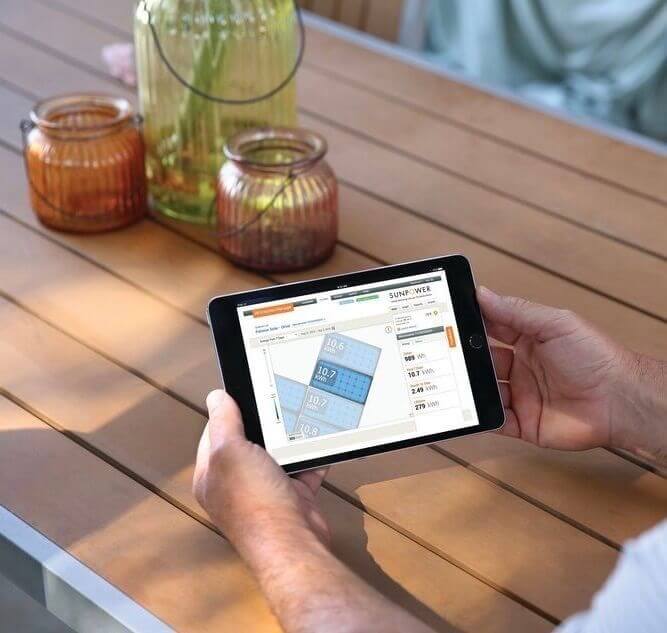Understanding How Solar Energy Works
- Logan Haggerston
Are you considering switching to a solar-powered system? Do you want to know exactly how solar energy works? Curious about the costs associated with a renewable system? Then we have just the guide for you!
Below, you can find everything you need to know about harnessing the sun’s rays into an efficient energy source!
How Solar Panels Work and Turn Sunlight to Energy
As you might expect, solar panels convert sunlight into usable energy that can help offer your home a green energy option. There are two main types of residential solar systems out there – Photovoltaics and Concentrating solar power setups.
Photovoltaics (PV)
Throughout the day, your panels will absorb the energy from the sun through photovoltaic solar cells. This tiny silicon solar cell will generate electricity that can flow through the solar circuit producing an alternating current for your home.
Concentrating solar power (CSP)
Concentrating solar power works by reflecting the sun’s heat, using mirror panels, onto stored water. This heated water will produce steam which in turn will power a turbine that produces AC power for your home.

Solar Inverter – What Is It and What Does It Do?
An inverter is an extremely important part of any solar panel system. A solar inverter converts DC electricity that is generated through your solar setup into AC electricity that can be used to power your home.
Switchboard – Routes Solar Power to Household Appliances
Once your DC electricity has been converted into AC electricity, it will need to be routed to your household appliances. This is where a switchboard comes into play!
A switchboard will actively transfer any renewable energy towards your home appliances, providing them with the power needed to run. Any solar energy system will need a switchboard to ensure your appliances are powered up.
The Use Of a Smart Meter
If you choose to install a renewable system, your energy provider will be required to install a smart or bi-direction meter into your home. This will allow you to distinguish between any energy provided through your panels and the energy used that your provider has supplied.
Solar Batteries for Energy Storage
Once your system is done generating power, any remaining electricity should be stored in batteries; otherwise, it will be wasted. The size of your solar batteries will depend entirely on the size of your solar system, so be sure to research what size solar battery you need for your setup!

FAQs
How many solar panels are needed to run a house?
The number of solar panels needed depends on the size of your home. An average 2-bedroom house will require between 6 and 8 solar panels to generate enough electrical energy. Get in touch with us today to find out how many panels you will need to power your home.
How long do solar panels last?
A high-quality solar panel can last up to 30 years. Check out the Empowering Homes Program to find out how you can get funding for your solar panels today!
How much is an inverter in Australia?
The price of your inverter will depend entirely on whether it’s a premium or budget model. You can expect to spend around $1,000 for a budget option and $3,000 for a premium system.
What size battery do I need for a 10kw solar system?
For your typical 10KW solar panel system, you will need a collection of six 300ah 24v batteries. This will allow you to store most excess energy produced by your solar setup!
Key Takeaways
- Solar energy conversion to usable power involves Photovoltaics (PV) absorbing sunlight energy and Concentrating Solar Power (CSP) systems using mirrors to focus sun heat to generate steam for turbines.
- Solar inverters play a crucial role in converting DC electricity from solar setups to AC electricity for home use.
- A switchboard routes the converted AC electricity to household appliances, ensuring they receive power.
- Installing a solar system might require a smart or bi-directional meter to distinguish between solar-generated and grid-supplied energy.
- Solar batteries store excess generated electricity, preventing waste and providing power when sunlight is not available.
Get in Touch With HCB Solar
And there you have it – we hope we’ve given you all the information under the sun (if you’ll excuse the pun) that you’ll need to make an informed choice about installing solar systems.
Find out how HCB Solar can help you benefit from installing a solar power system in your home or business today. Contact us and make the switch today!





